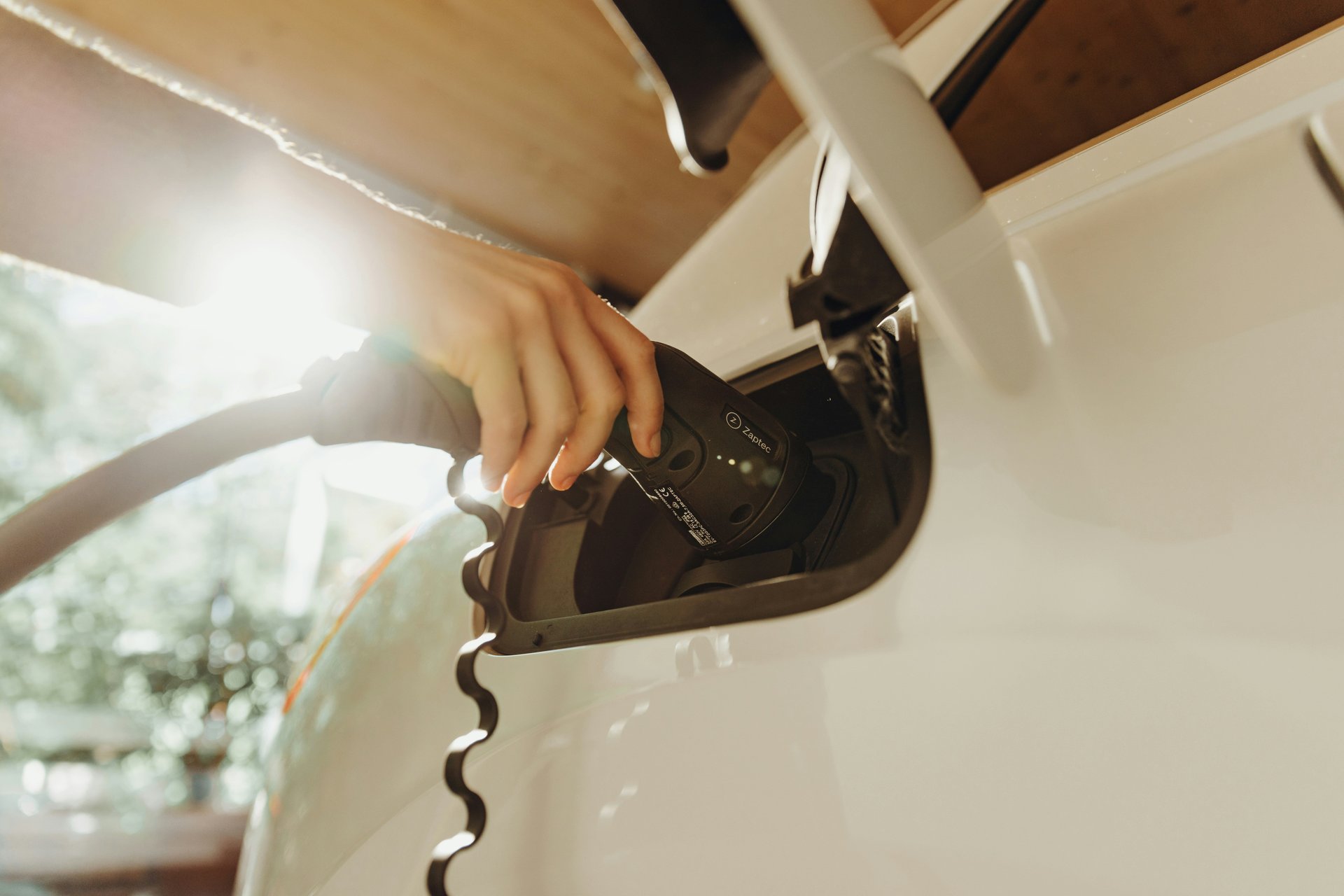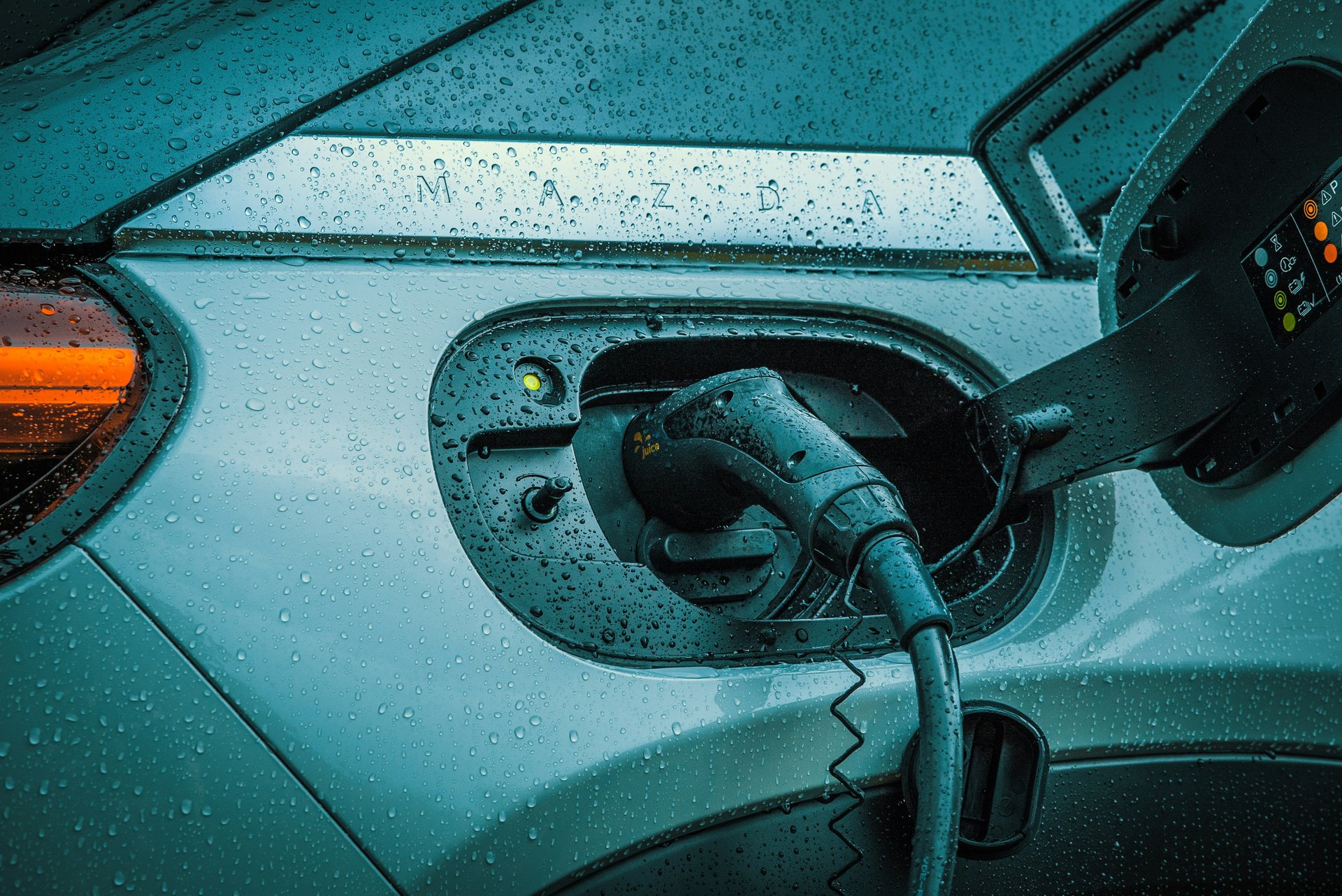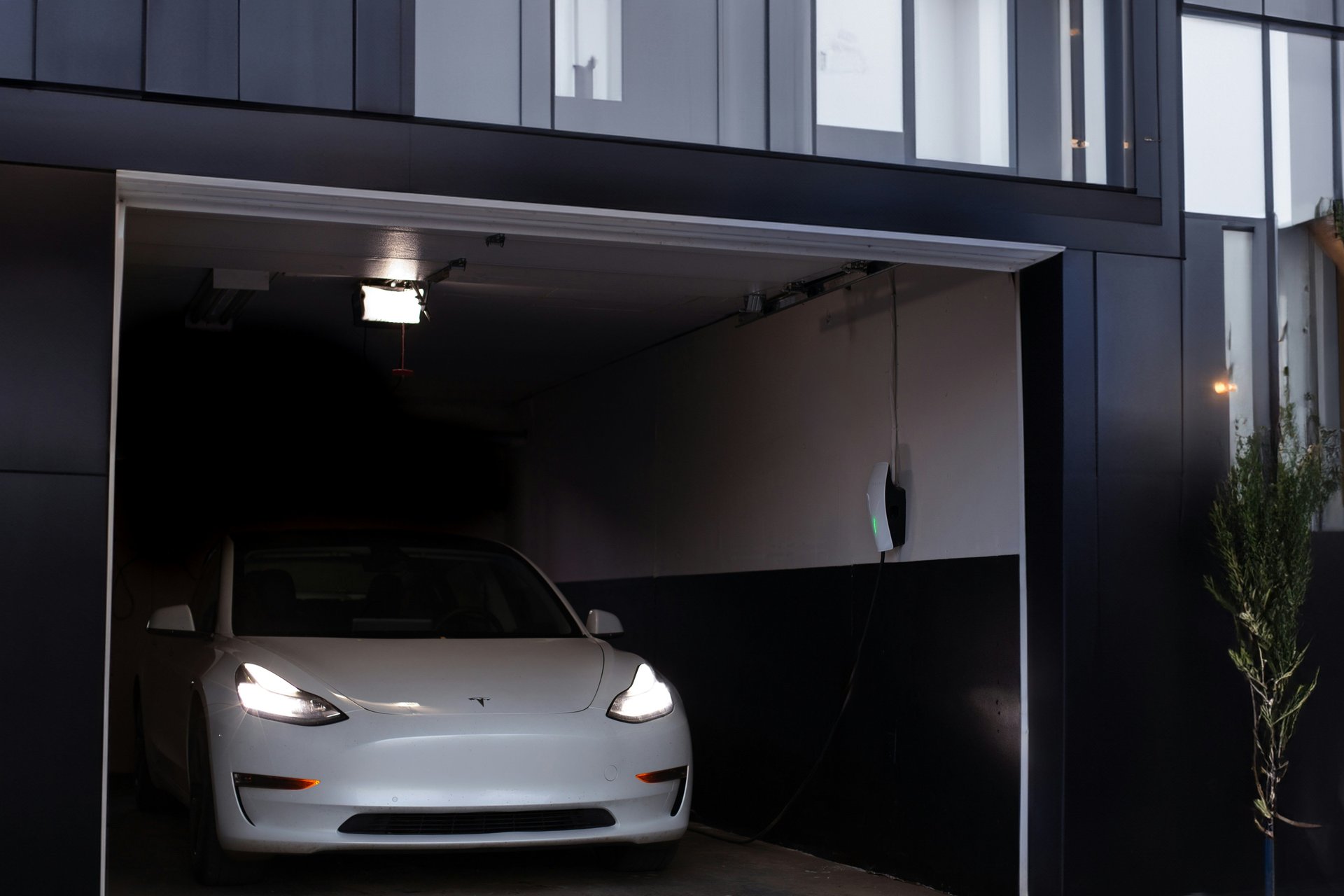5 ways to maintain your EV battery's longevity
Follow these tips to keep your electric car powered up and ready to go

You finally hopped on the eco-wagon trend and purchased your first electric vehicle. Now you’ll want to do everything you can to make that battery last as long as possible. While battery prices are dropping and may cost around 19% of the total vehicle cost by 2030, the battery still makes up a significant part of the total cost — about a third — so taking care of it is essential.
Like your cellphone, your EV battery needs careful maintenance to help it last the full expected lifespan. If you look after it, it’s unlikely that you’ll need to replace it within 10 to 20 years, and it’s more likely you’ll trade up for a newer vehicle before that. EV batteries are built to last — they only lose about 1.8% of their capacity yearly, and U.S. law mandates automakers to give buyers an eight-year or 100,000-mile warranty on their battery. However, mismanagement of your vehicle and its battery can significantly shorten its lifespan and reduce its performance.
So, how do you ensure your EV’s battery remains pristine and keeps your car rolling along without losing power? Check out these 5 best ways to enjoy long-lasting service.
2 / 6
Maintain an optimal charge level

Batteries don’t enjoy being empty, and you should never drive your EV beyond the 20% mark. Keeping it between 20% and 80% charged is best to ensure the electrons have enough space in the battery — the closer it gets to 100% charged, the more difficult it will be for the electrons.
3 / 6
Use the correct charging system

The Level 1 charger that typically comes with an EV offers a slow charge. These chargers are compatible with a 120-volt plug, so they’re ideal for homeowners. A Level 2 charging station increases the charge rate but still usually meets general recommendations. Though they may be tempting, avoid using Level 3 chargers, also known as fast chargers, unless absolutely necessary. Experts have found that fast charging can cause battery degradation, though research is still ongoing.
4 / 6
Leave the battery charging in winter

Extreme temperatures affect battery performance and charging ability. Extreme cold can reduce range by 10% to 20% and affect charging rates, while what’s typically a 15-minute charge can end up taking hours. In cold weather, use a battery heater before driving. It’s also best to keep your EV and charging station indoors or under cover to avoid overheating in summer and freezing in winter. Many manufacturers use a cooling system to keep the power pack temperature low in summer. When it’s cold, leaving your electric vehicle charging overnight ensures the pack doesn’t drain and lets the vehicle heat up using DC power without affecting the battery life.
5 / 6
Update regularly

Newer EVs have a battery management system — a dedicated computer that controls every aspect of your pack, such as temperature, charge rate, discharge and emergency levels. Thanks to the Internet of Things (IoT), updates to this controlling mechanism ensure your vehicle functions optimally. These updates maintain the system and provide feedback to the manufacturer, helping to detect and repair flaws.
6 / 6
Accelerate gradually
If you’re used to a combustion muscle car, you may want to rethink the way you accelerate in your EV. “Revving” the electrical output repeatedly drains the battery unevenly, causing recharging issues and potentially decreasing the battery’s lifespan. Aim to speed up steadily and always avoid that “slam into the seat” sensation. Electric cars tend to accelerate quickly, but studies confirm that modest to high acceleration can compromise range and energy efficiency.